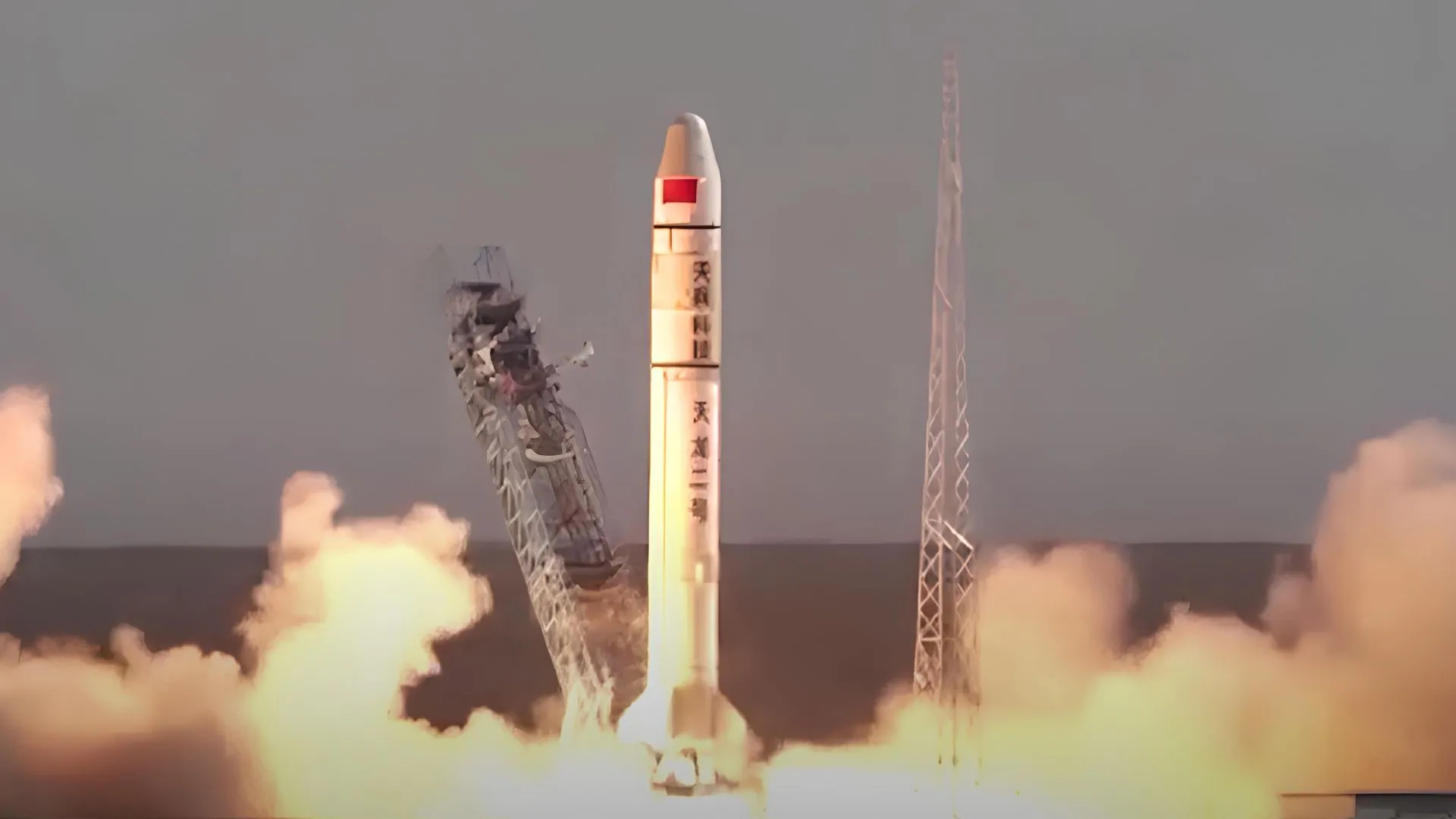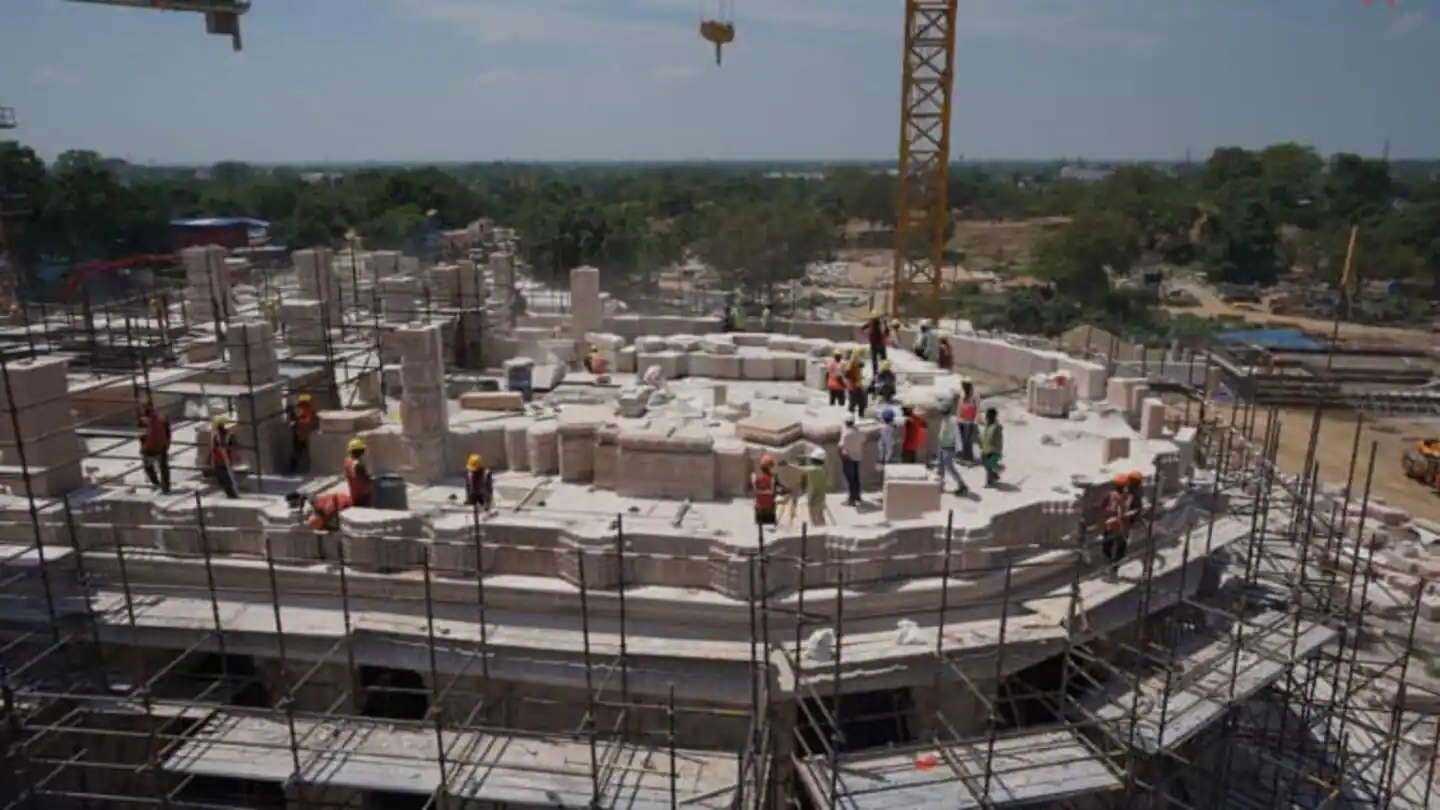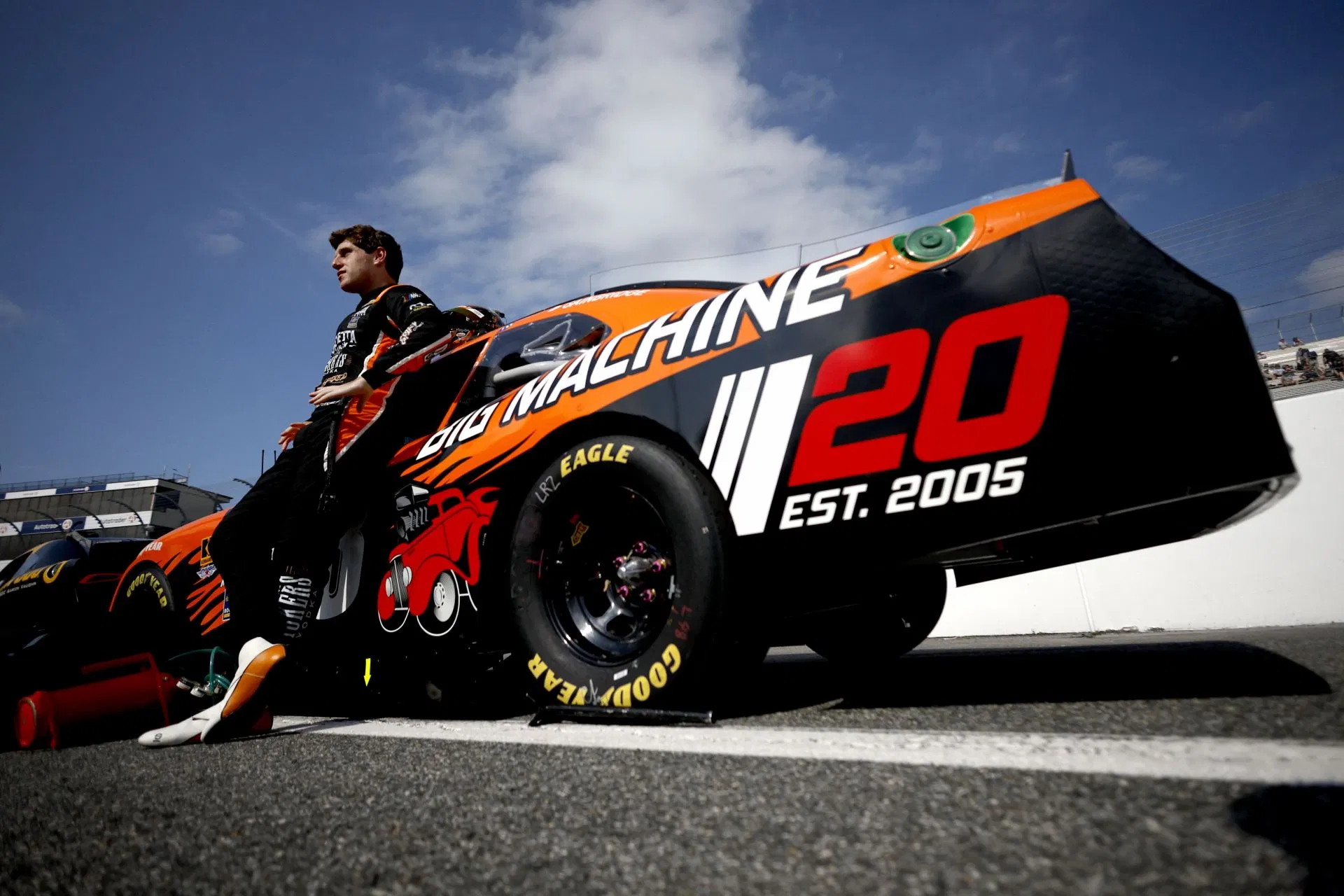
China’s push to field reusable rockets took a significant step forward this week after Beijing-based start-up Space Pioneer announced it had successfully completed a full-scale ground test of its Tianlong-3 launch vehicle.
On Monday, the company fired nine Tianhuo-12 engines together for 35 seconds from an offshore platform in Shandong province. The engines generated nearly 1,102 tons (1,000 tonnes or metric tons) of thrust, a milestone that Space Pioneer described as “the most complex and challenging ground trial in rocket development.”
The test marked what the company called the rocket’s “major exam,” signaling that Tianlong-3 is entering its final sprint toward a debut flight later this year.
Aiming to match SpaceX falcon 9
The Tianlong-3 stands 72 meters (236 feet) tall and is designed as a partially reusable, medium-lift rocket. According to Space Pioneer, it will be able to carry 17 to 18 tonnes to low Earth orbit, putting it close to the capacity of SpaceX’s Falcon 9, which has defined the global standard for reusable rockets over the past decade.
According to Ling Xin from South China Morning Post (SCMP), the vehicle has been in development since 2022 and is expected to carry up to 36 internet satellites per launch. This capability would directly support the roll-out of Guowang and Qianfan, two planned Chinese low Earth orbit broadband constellations, each projected to deploy more than 13,000 satellites. To date, neither project has achieved even one percent of its targets, with rocket shortages threatening to slow deployment.
Space Pioneer has said it plans to conduct more than 30 missions annually once Tianlong-3 enters service, offering what it describes as a low-cost, high-frequency launch solution.
A competitive field in China
Tianlong-3 is not the only Chinese contender aiming to reach orbit by the end of this year. Rival private company LandSpace has been developing its own reusable vehicle, the Zhuque-3, which underwent a trial in June.
According to the SCMP report, LandSpace CEO Zhang Changwu told Phoenix TV in August that the rocket’s debut could come between September and November. Meanwhile, the state-owned Long March-12A, developed under China’s national aerospace program, is targeting its first orbital launch in late 2025.
All three rockets share a similar design philosophy. Two-stage, medium-lift vehicles with first stages intended for reuse between 10 and 20 times. This mirrors a decade-old breakthrough by SpaceX, which demonstrated that reusability could drastically reduce launch costs and increase launch frequency.
China’s path has not been without setbacks. Last year, Tianlong-3 unexpectedly lifted off during a static-fire test and crashed into nearby hills in a fiery explosion. Space Pioneer later attributed the accident to a faulty connection between the rocket and the test platform. LandSpace has also faced challenges, with its Zhuque-2E rocket failing on its third flight in July. While the company said the failure was unrelated to Zhuque-3, both rockets share a similar second-stage engine design.
In January, China’s state-owned contractor attempted a vertical take-off and landing test of the Long March-12A that reached 70 kilometers (43.5 miles). The outcome was never publicly disclosed, though Chinese space observers speculated that the trial may not have gone as planned, according to SCMP.
What does it mean for the U.S. and the rest
Falcon 9 has flown at a pace unmatched globally, with dozens of missions per year largely fueled by the deployment of SpaceX’s own Starlink constellation. By comparison, China’s private and state-backed efforts are racing to build the capacity needed to support their broadband megaconstellations.
While SpaceX remains far ahead in operational reusability, China’s rapid progress highlights a narrowing gap in medium-lift technology. If Tianlong-3 or Zhuque-3 reach orbit and demonstrate reliable reuse, they could provide China with launch capabilities more aligned with its satellite ambitions.
Reusable rockets are growing in global importance as both commercial enablers and strategic assets. For the United States, the question is not whether China can replicate Falcon 9’s achievement, but how quickly it can scale these systems to meet national goals.



